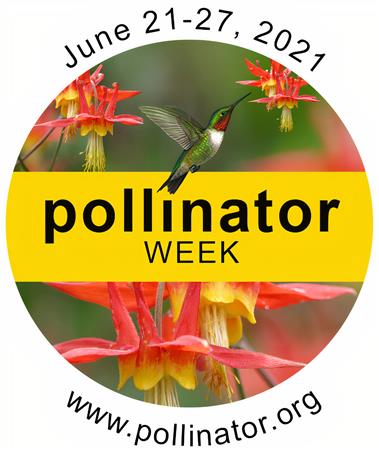
2 out of 7 Things You Can Do for Pollinators …
Pollinator week is June 20-26 this year.
In the next 4 weeks we will share 7 things you can do to help pollinators survive-to-thrive - and assure our own food sources at the same time!
1. PLANT FOR POLLINATORS
· Habitat opportunities abound on every landscape – from window boxes to acres of farms to corporate campuses to utility and roadside corridors – every site can be habitat.
· Utilize plants native to your area (or at the least, non-invasive for your area).
· Utilize the Ecoregional Planting Guides and the Garden Recipe Cards to create or enhance your pollinator garden. Decide among the plant material options - seeds, plugs, plants or a combination.
· Know your soil type and select appropriate plant material.
· Plant in clusters to create a "target' for pollinators to find.
· Plant for continuous bloom throughout the growing season from spring to fall.
· Select a site that is removed from wind, has at least partial sun, and can provide water.
· Allow material from dead branches and logs remain as nesting sites; reduce mulch to allow patches of bare ground for ground-nesting bees to utilize; consider installing wood nesting blocks for wood-nesting natives.
2. REDUCE OR ELIMINATE THE IMPACT OF PESTICIDES.
· Check out the Pesticides Learning Center on the Pollinator Partnership website to learn more about the interactions between pollinators and pesticides!
· Where possible, avoid pest problems in the first place by burying infested plant residues, removing pest habitat, and planting native plants that encourage natural enemies of pests.
· Practice Integrated Pest Management (IPM).
· If you are a farmer or pesticide applicator, check out our Pesticide Education Module.
· If you must use pesticides, read and follow ALL label directions carefully.